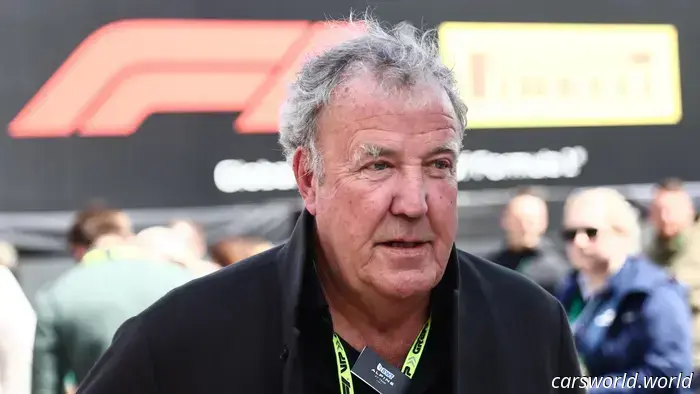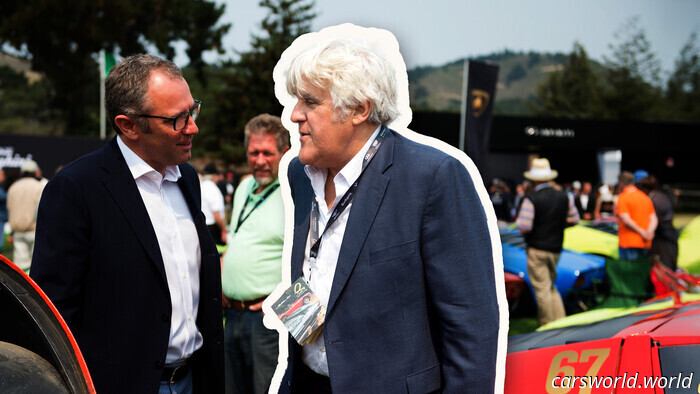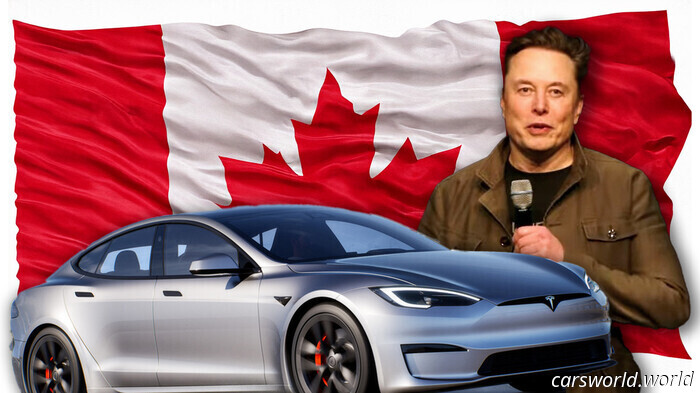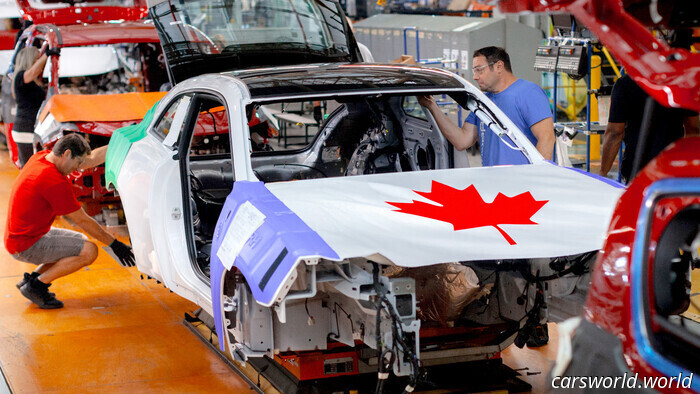
Jeremy Clarkson on Improving F1: Eliminate Tracks Where Overtaking Is Difficult
Jakub Porzycki
Sign up for The Drive Daily
The Suzuka race was a real snoozer; even the Formula 1 drivers acknowledged this. Personally, I’ve always found the Japanese Grand Prix enjoyable and can’t recall having seen such a dull race there before. Over the years—from the celebrated Senna-Prost period, through the early Schumacher days, the Alonso-Renault phase, and more recently with Vettel, Hamilton, and Verstappen—Suzuka has usually offered a solid mix of strategy, overtaking, and overall challenge. Unfortunately, this year was disappointing, leading to widespread criticism, including from Jeremy Clarkson, who expressed his frustrations on X. Interestingly, he made a valid point this time.
“I have an idea to make F1 racing consistently more exciting: don’t use tracks where overtaking is difficult,” Clarkson stated on social media.
Usually, the simplest solutions are the most effective, so perhaps the popular television host has a point. If something isn’t working, then why not change it? If circuits like Albert Park, Suzuka, Monaco, and others no longer suit today’s vehicles and their drivers, they should be adjusted, right?
In theory, that makes sense, but Formula 1 is a complicated sport and a multi-billion-dollar industry, so it’s not so straightforward.
When a follower suggested in response to Clarkson’s post that the issue might lie with the cars instead of the tracks, he shifted the blame to F1's corporate owners and the significant payments they receive from contracts signed with local governments.
“Of course. The cars are larger, so accept that, disregard the 'incentives,' and use tracks that are appropriate. Ultimately, revenue comes from fans. Always,” he remarked.
It’s not entirely clear what Clarkson means by “the revenue comes from the fans,” but I suspect he is referring to fan attendance. If that’s the case, it’s somewhat misleading. While ticket and merchandise sales can generate substantial amounts annually, this isn’t why Liberty Media owns F1. The real profit comes from television viewership—in other words, broadcasting rights and partnerships. The more people who watch the races on Sundays, regardless of attendance in the stands, the more revenue F1 generates, allowing it to charge companies like Louis Vuitton, Paramount, Aramco, etc., for sponsorship.
Naturally, the more thrilling a race is, the better it is for everyone, whether viewers are at home or in the stands. The more excitement generated around a race, the more buzz on social media, which again benefits sponsors by increasing their visibility and return on investment. If you're interested in the business side of racing, here's a detailed overview.
For decades, everyone has criticized Monaco, primarily due to its processional style with minimal overtaking and the increasing size of cars, which are too large for the streets. Is it likely to be eliminated anytime soon? Not a chance.
While Clarkson's comment was a reasonable (and logical) one, we’ll have to add this to the "Never Gonna Happen" list.
Have a tip? Email us at [email protected]



Other articles
 Jay Leno Arrives at California Capitol to Advocate for Classic Cars | Carscoops
The comedian and automotive advocate is optimistic that the state will grant exemptions from smog checks for vehicles that are 35 years old or older.
Jay Leno Arrives at California Capitol to Advocate for Classic Cars | Carscoops
The comedian and automotive advocate is optimistic that the state will grant exemptions from smog checks for vehicles that are 35 years old or older.
 There are only 24 of these American supercars in existence; here's your opportunity to own one now | Carscoops
If you're searching for an incredibly powerful supercar and prefer not to wait, the Venom F5 seems to be the ideal choice.
There are only 24 of these American supercars in existence; here's your opportunity to own one now | Carscoops
If you're searching for an incredibly powerful supercar and prefer not to wait, the Venom F5 seems to be the ideal choice.
 Tesla Warns of Legal Action After Canada Freezes $30M in EV Rebates Due to Questionable Sales Allegations | Carscoops
Tesla asserts that it did not actually sell 8.6K vehicles in three days; rather, its employees were merely filing rebate applications for electric vehicles that had already been sold.
Tesla Warns of Legal Action After Canada Freezes $30M in EV Rebates Due to Questionable Sales Allegations | Carscoops
Tesla asserts that it did not actually sell 8.6K vehicles in three days; rather, its employees were merely filing rebate applications for electric vehicles that had already been sold.
 Trump's Tariffs Devastate Canada's Auto Sector as Thousands Face Layoff Risks | Carscoops
Some Canadian suppliers will be more impacted by the tariffs than others.
Trump's Tariffs Devastate Canada's Auto Sector as Thousands Face Layoff Risks | Carscoops
Some Canadian suppliers will be more impacted by the tariffs than others.
 If you liked Snowrunner, Over the Hill seems like a game you have to try.
The developer of Art of Rally has released gameplay footage of their upcoming title, showcasing a serene haven for off-road enthusiasts.
If you liked Snowrunner, Over the Hill seems like a game you have to try.
The developer of Art of Rally has released gameplay footage of their upcoming title, showcasing a serene haven for off-road enthusiasts.
 Police Arrest Motorcyclist Accused of Reaching 190 MPH and Sharing It Online | Carscoops
The individual believed to be responsible may still be sharing videos of his reckless behavior on the road.
Police Arrest Motorcyclist Accused of Reaching 190 MPH and Sharing It Online | Carscoops
The individual believed to be responsible may still be sharing videos of his reckless behavior on the road.
Jeremy Clarkson on Improving F1: Eliminate Tracks Where Overtaking Is Difficult
Clarkson's approach to making F1 more thrilling is straightforward—and certainly not incorrect. However, the reality is that it's not as simple as it seems.
